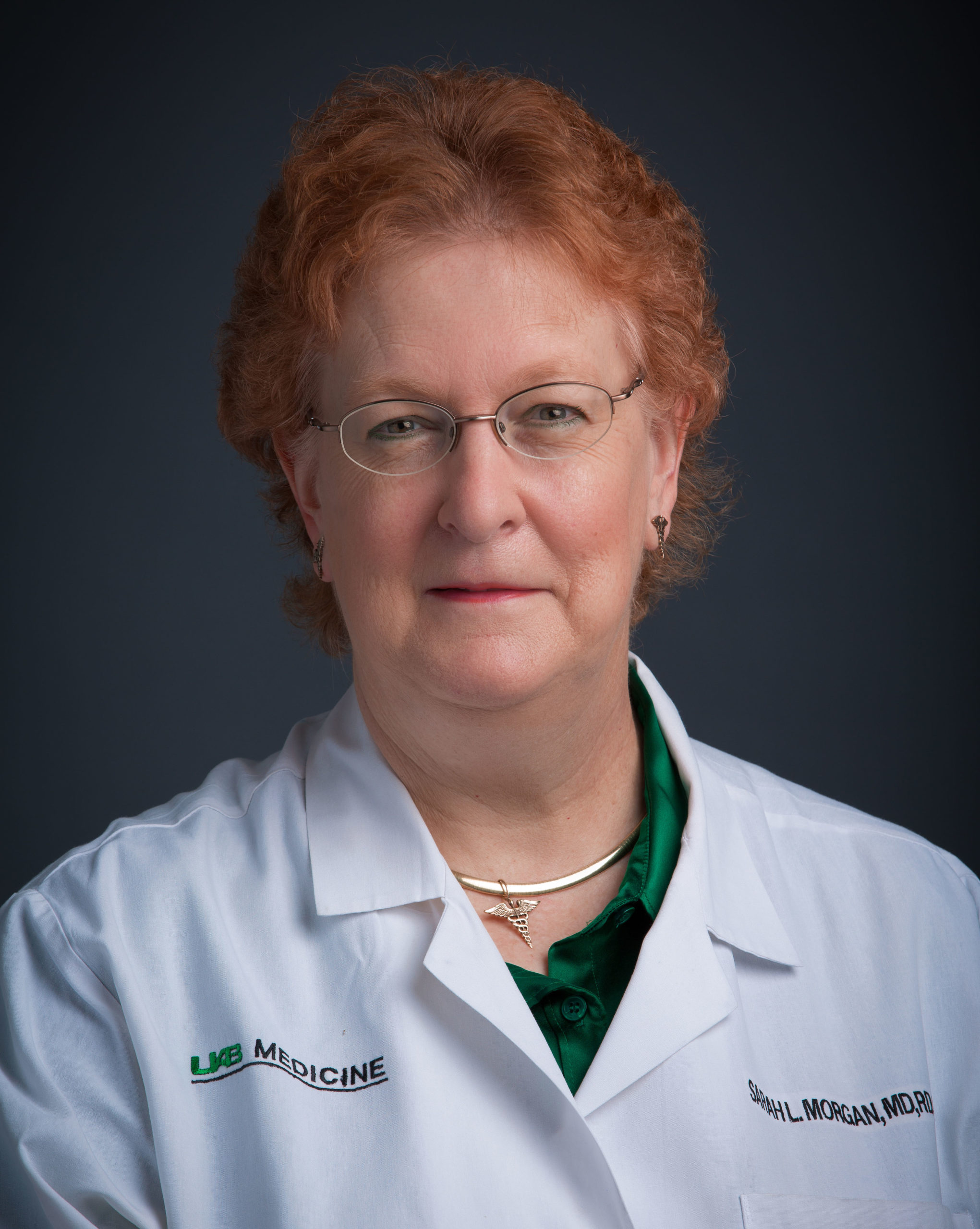
The Ancient Art of Low Wax Casting – Each piece if individually cast and finished by hand
Sarah L Morgan is trained as an internal medicine physician and is also a registered/licensed dietitian. Her medical interests include osteoporosis, bone densitometry, and folate metabolism during low-dose methotrexate therapy for rheumatoid arthritis.
Her training in lost wax casting came from her father-in-law (Dr. Jesse “Sam” Snead), who was a dentist in East Lake, AL for 46 years. Dentists use lost wax casting to make gold crowns. When she was newly married, her father-in-law made her a gold caduceus pendant and she expressed an interest in learning how to do lost wax casting. He brought dental equipment from his office and they made a studio in her basement.
The process of lost wax casting involves making a wax pattern/likeness of the desired piece of jewelry. A wax channel, called a sprue, is attached to the piece and it is placed on a rubber sprue base. A metal flask is fitted around the piece and investment is added around the piece while on a vibratory platform and the investment is allowed to harden. The rubber sprue base is removed and the flask is placed into a burnout oven. The wax melts and drips out through the sprue channel leaving an exact negative cavity of the desired jewelry piece. The final temperature of the flask depends upon the type of metal being cast. Silver is cast around 900-1000 degrees Fahrenheit. Metal is melted in a crucible with an acetylene torch on a wound-up centrifuge. After the metal is melted, the centrifuge is unleashed and the molten melt flows into the cavity. The piece is allowed to cool and the investment is bubbled out by placing the flask in a tub of water. The sprue is removed and the piece is hand-finished with a variety of cutting and polishing wheels. Earring post and jump rings are then soldered to the finished piece and a final polishing of the piece occurs.
